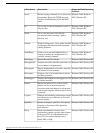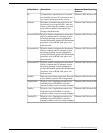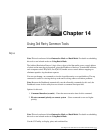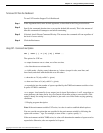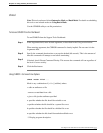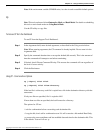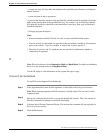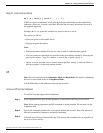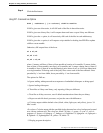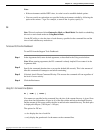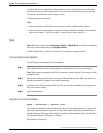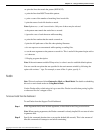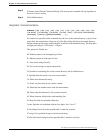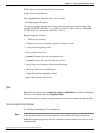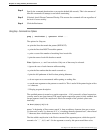
Using DF - Command Line Options
df [ -a | drive_1 [ drive_2 ... ] | -? ]
If DF is not given an argument, it will print the free space information for the default drive.
Otherwise, unless the -a option is specified, DF prints the free space information for each of
the supplied arguments.
Example: df a: b: prints the available free space for drives a: and b:.
The options for DF are:
-a: Print free space for all loadable drives.
-?: Display program description.
Note:
• If the environment variable DF exists, its value is used to establish default options.
• You can override an option that was specified in the environment variable by following the
option with a minus '-' sign. For example, to turn off the -a option, specify -a-.
• Option -a can be specified twice to restore normal operation, namely, to undo the effect of
specifying option -a in the environment variable.
diff
Note: This tool can be used in both Interactive Mode and Batch Mode. For details on scheduling
this tool to run in batch mode see Using Batch Mode.
Use the Diff utility to find differences between two text files.
To Access Diff from the Dashboard
To run Diff from the Support Tools Dashboard:
Step 1
In the Arguments field, enter desired arguments, as described in the Using section below.
Note: When entering arguments, the Diff command is already implied. Do not enter it in the
Arguments field.
Step 2
Specify the command duration time or accept the default (60 seconds). This is the amount of
time the command will attempt to run before terminating.
Step 3
If desired, check Elevate Command Priority. This ensures the command will run regardless of
the level of server activity.
Cisco Support Tools User Guide for Cisco Unified Software Release 2.1(1)
204
Chapter 14: - Using 3rd Party Common Tools
diff



